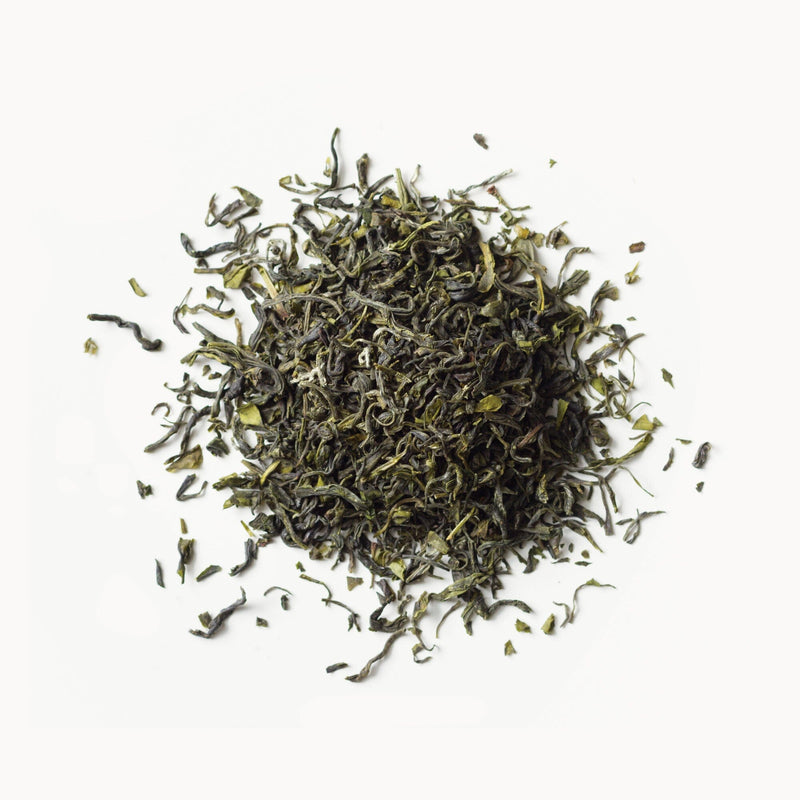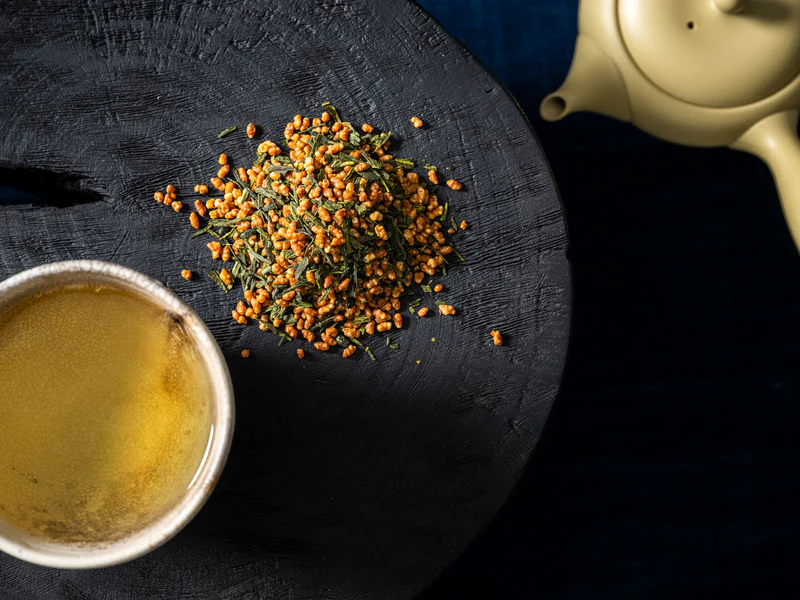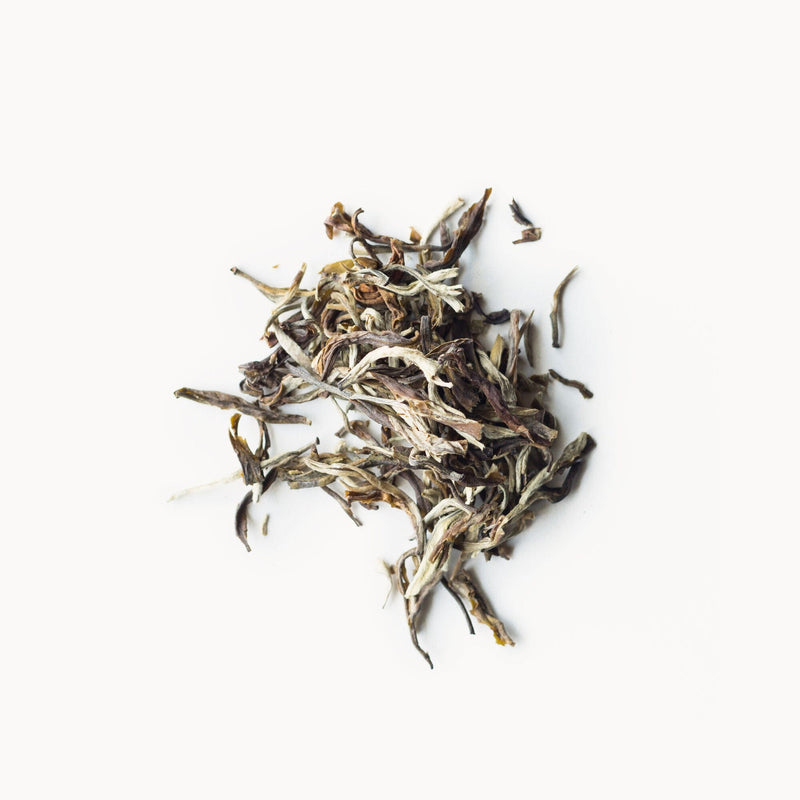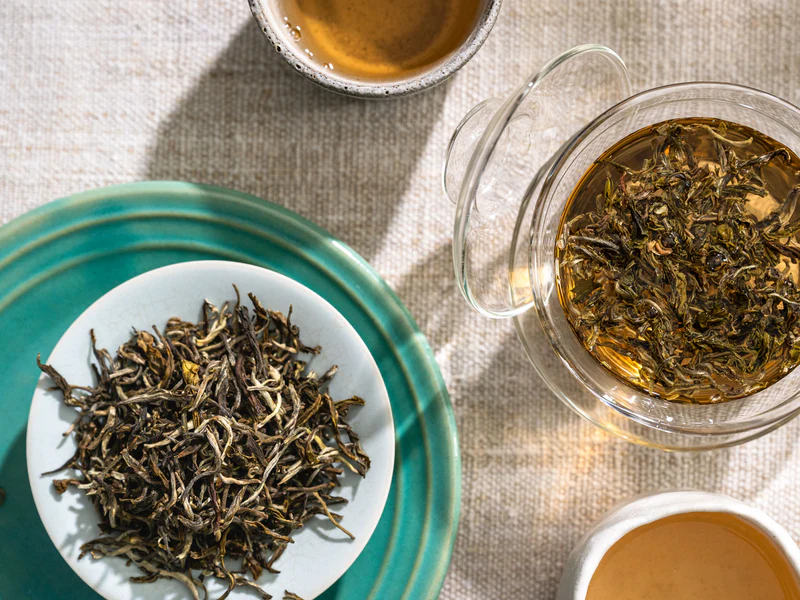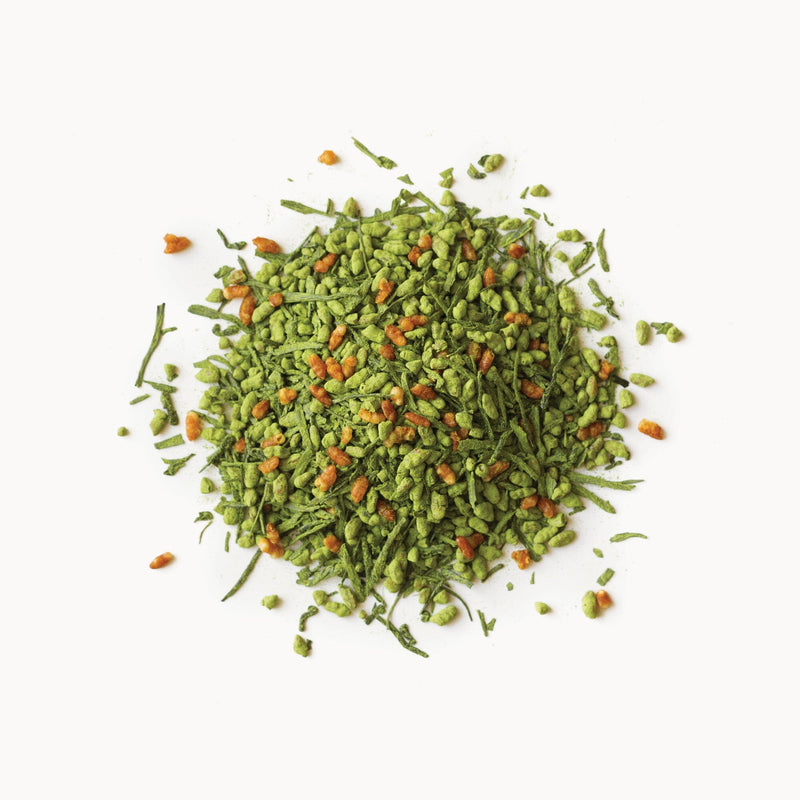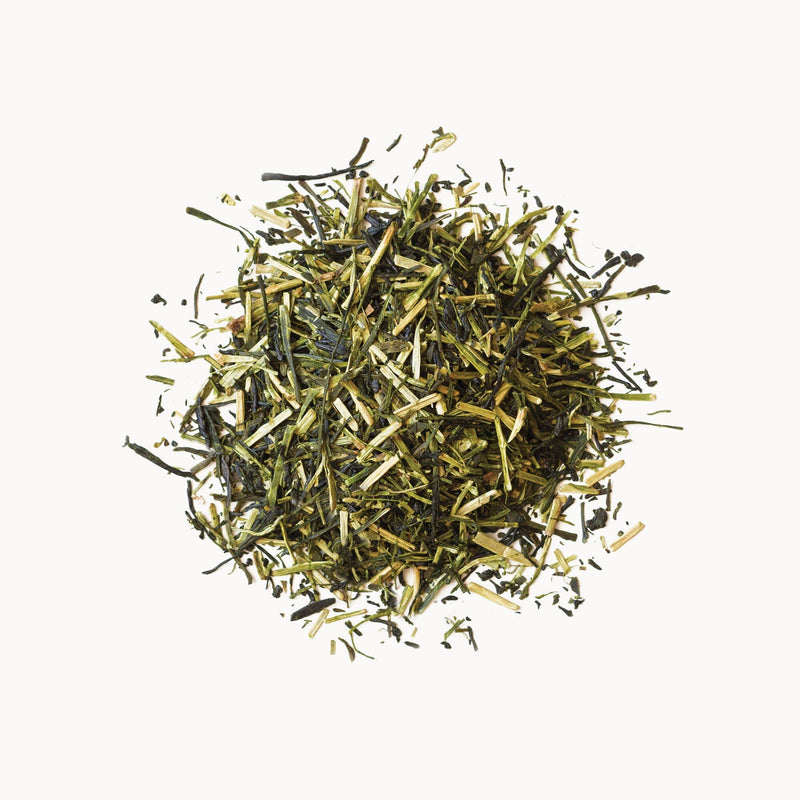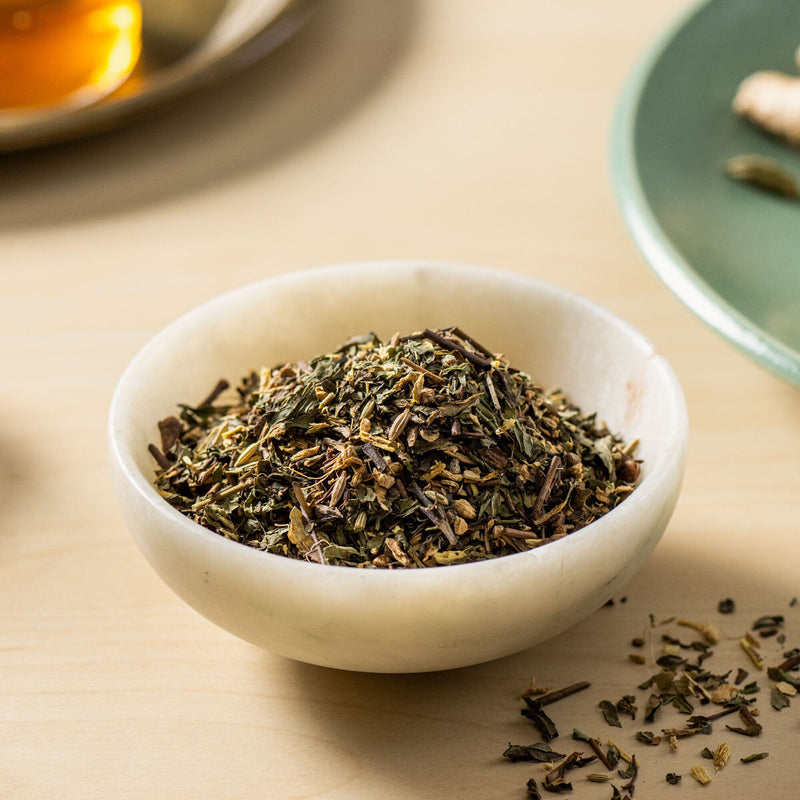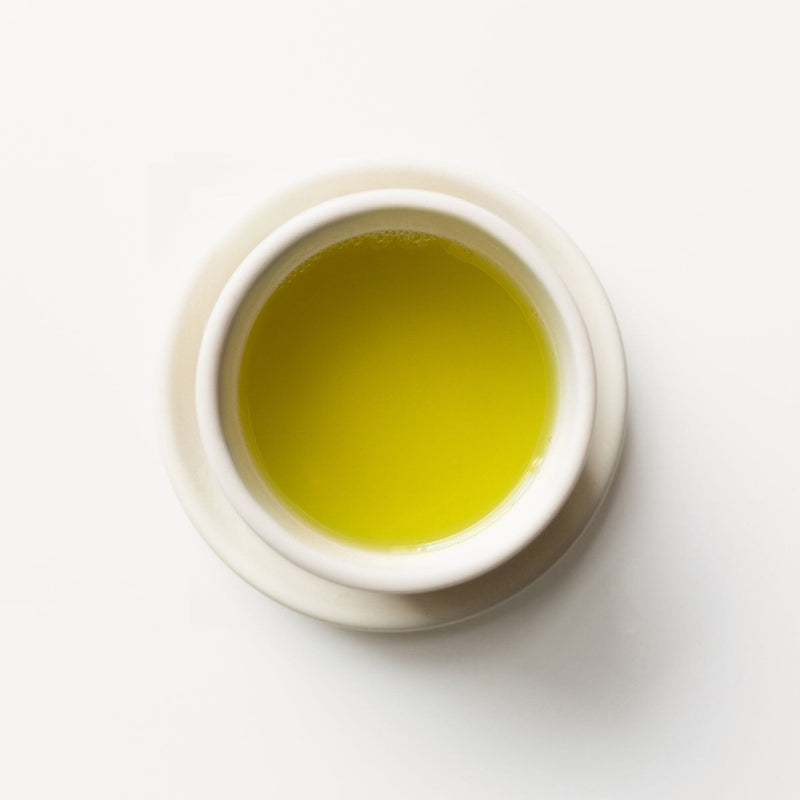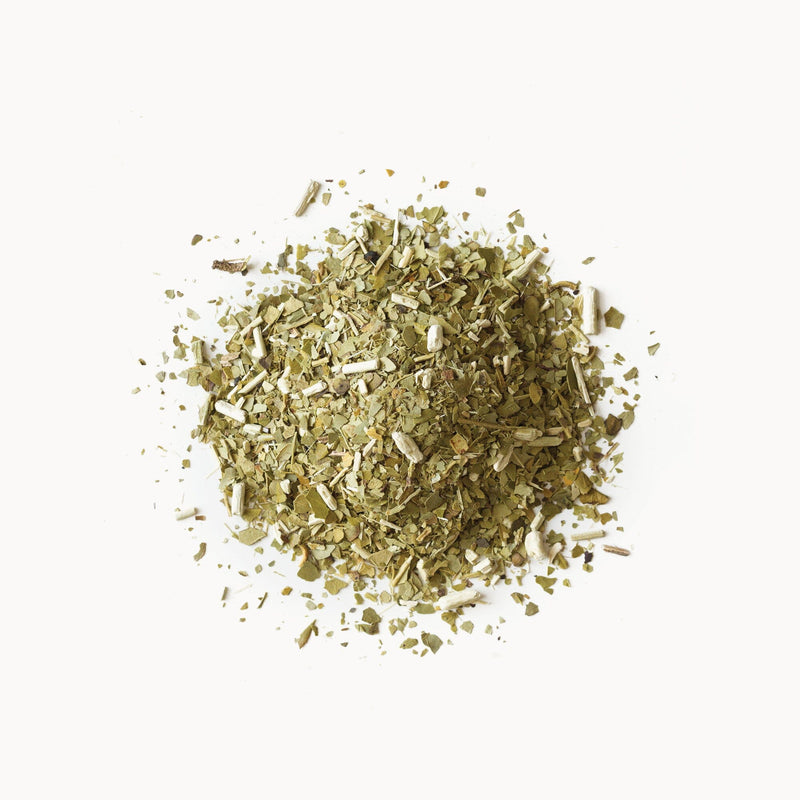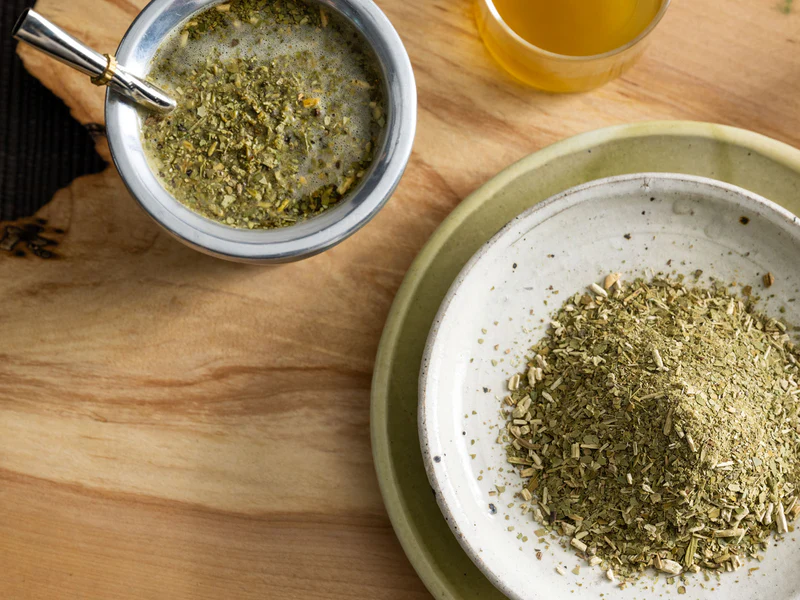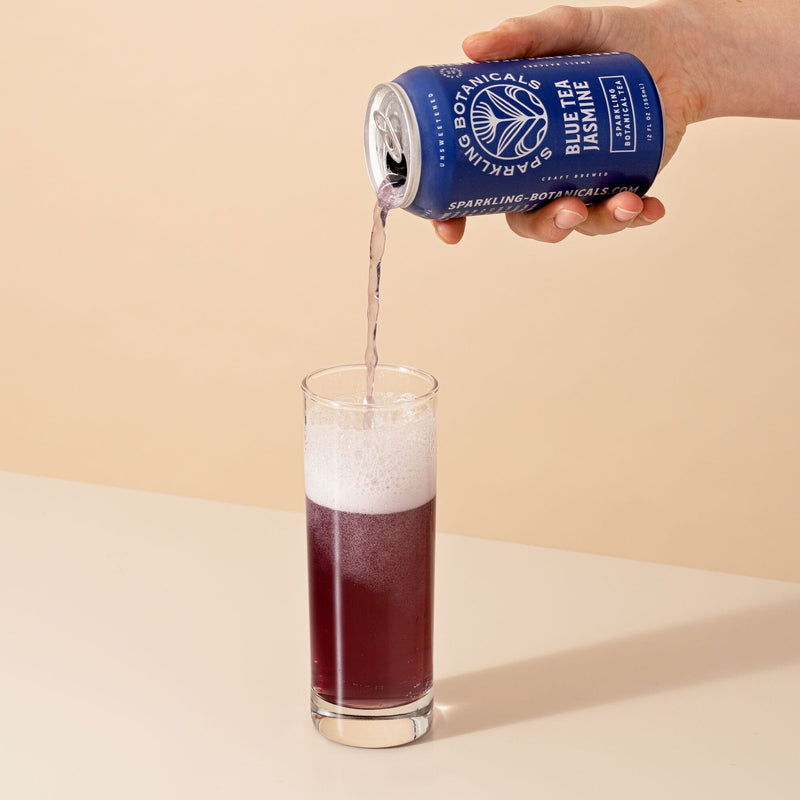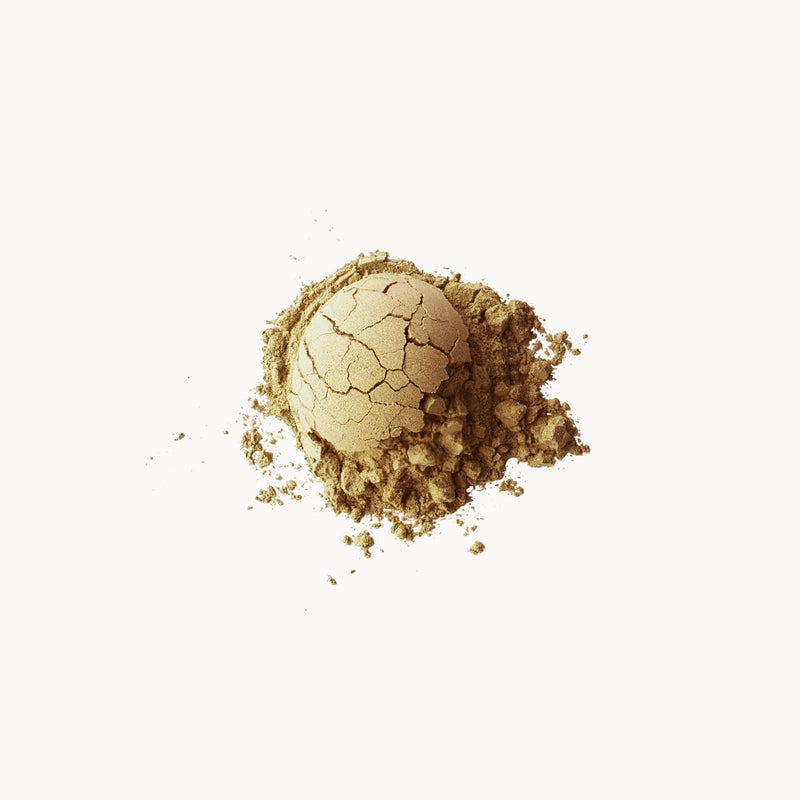- All Tea •
- New Arrivals • Eastern Beauty






Nectarean tea experience with floral and delicious fruity character. The floral notes intensify and thank you with each infusion.
About This Tea
“Eastern Beauty” (Dong Fang Mei Ren) is a unique style of oolong tea that combines oolong and red tea processing methods. This tea is very similar to Darjeeling Muscatel but with its own, one-of-a-kind floral and tropical fruits, flowers and honey taste. Traditional Eastern Beauty needs the help of the green leaf hopper, an insect known as “the tea jassid.” When the tiny jassid bites the tea, the leaves begin to wilt and wither on the bush. As the garden reacts to the jassid attack, certain enzymes and aromatic compounds which are the plant’s natural defenses are triggered and the tea jassids fly away. This initiates the unique withering and oxidation process that begins in the garden before harvesting. This flora and fauna interaction is needed for producing authentic Eastern Beauty tea and its uniquely fermented characteristic and honey flavor. Our partners in Doi Mae Salong produced this distinctive spring micro-lot using the Qingxin Oolong cultivar which has a propensity to transform into a stylishly fragrant and elegant tea.
Origin
Doi Mae Salong, Thailand
Cultivar
Qingxin
Harvest
March 28-April 4, 2023
Elevation
1,200 meters
Ingredients
Organic oolong tea



Ingredients
Organic oolong tea

Origin
Doi Mae Salong, Thailand
Cultivar
Qingxin
Harvest
March 28-April 4, 2023
Elevation
1,200 meters
Preparation
- Imperial
- Metric
Traditional Tea Preparation
Add 5g to a Gaiwan or Gongfu teapot (per 150ml).
Use 195°F water.
Don’t rinse this tea.
Infuse 1st brew for 2-3 minutes and decant.
Infuse 2nd brew for 30 seconds.
Repeat several times, brewing until the flavor and aroma of the tea dissipates. As the tea leaves expand and unfurl, the brewing time may increase to coax out more aroma and flavor.



Origin
Doi Mae Salong
Northern Thailand
Doi (“Mountain”) Mae Salong is a pristine high mountain oolong tea growing region in the far northern borderland in Chiang Rai province. Rich, loamy soil is mostly dirt with some mineral content of potassium and manganese. The soil is fed continuously with fresh high mountain water but also drains easily, providing the perfect growing material for tea trees.
















